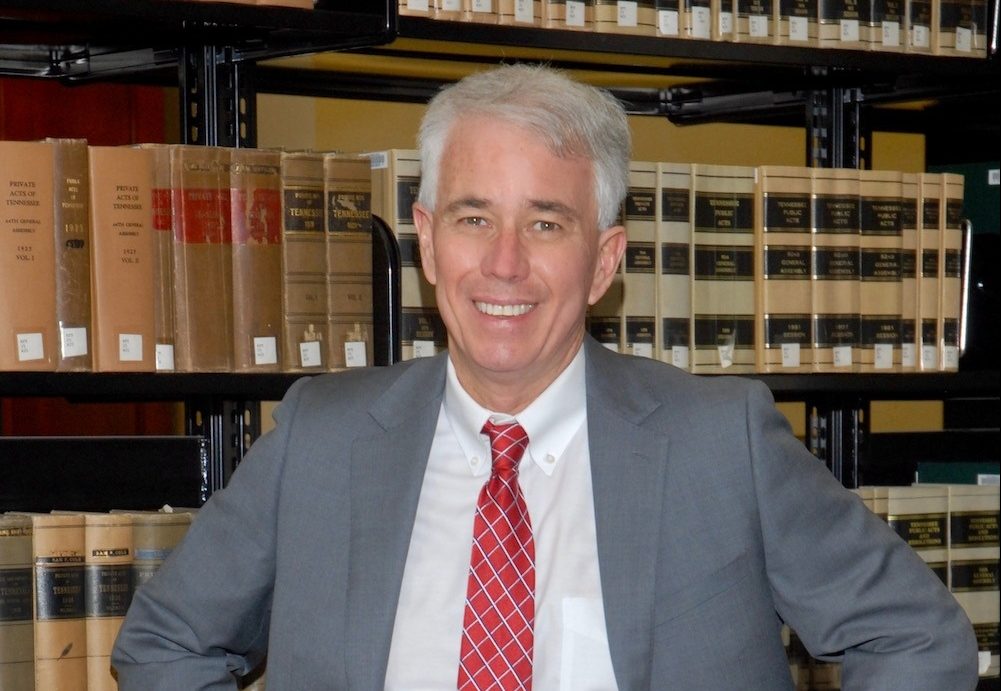The year just passed saw some decisive developments in the politics of Memphis and Shelby County — the continuing effects of which will be reflected in the course of this year’s city elections. As of this writing, despite many advance rumors to the contrary, there has, as yet, been no sign of a viable white presence in the Memphis mayor’s race — much less of a candidate identifiably Republican.
The outgoing incumbent mayor, the term-limited Jim Strickland, is certainly white but is technically a Democrat, having once chaired the Shelby County Democratic Party, though in his two successful mayoral races of 2015 and 2019, Strickland had virtually unanimous support from the local Republican constituency — as well, to be sure, a healthy share of the city’s African-American vote.
The demographics of the local voting population are such that “Republican” normally equates as white and “Democratic” as Black, though there are certainly limits to this fact of fungibility. In the county election of 2022, for example, the most dramatic and widely followed race was that for district attorney general, won by University of Memphis law professor and former County Commissioner Steve Mulroy, a certifiable white Democrat.
Mulroy’s support base had its bipartisan as well as biracial aspects, and the contest between him and the candidate he dethroned, Republican Amy Weirich, teemed with issues that in theory crossed the frontiers of race and party, but his winning vote totals were remarkably similar to those of County Mayor Lee Harris and the victorious candidate for Juvenile Court Judge, Tarik Sugarmon, two African Americans who defeated prominent whites.
Sugarmon’s victory in the judicial race over incumbent Dan Michael involved no formal party label, but Harris’ mayoral challenger, the well-heeled Worth Morgan, was the official Republican nominee. Mulroy, Sugarmon, and Harris ran more or less as a ticket, and a Venn diagram would show the support for all three to lie substantially within the intersecting bulges of Black votes and Democratic ones.
This year’s Memphis city election is nonpartisan, of course, but the aforementioned absence early on of a white candidate — especially the much-anticipated “white Republican” — owes as much to a decline in the GOP voter base as to any purely demographic factor. Even more revealing than the 2022 outcomes mentioned above is the fact that the Shelby County Republican Party opted not even to offer a candidate for sheriff, instead officially endorsing the popular Democratic incumbent Floyd Bonner.
Bonner, now a candidate for Memphis mayor, may once again have a decent shot at Memphis Republicans’ votes, there being no Caucasian conservative à la Strickland for like-minded white GOP residents of the city to fall back on.
The year 2022 saw the end of a 30-year cycle, which began with an off-year vote in 1992 for two county positions. That was the year after the landmark victory of Willie Herenton, an African American, in the Memphis mayor’s race, and the Shelby County Republican Party, no doubt seeing an opportunity to consolidate what was still a white majority in the county at large, petitioned to conduct the first party primary in the county’s history. Their candidates won, and when the county’s Democrats eventually followed suit, the era of partisan local elections was begun.
Last year’s election transformed the landscape, and, despite remaining challenges and obstacles, the way seemed clear for whatever reforms the victors — especially the triad of Harris, Mulroy, and Sugarmon — might have in mind. Partisanship of a sort will persist, but not in the same way as before. That era is closed.
